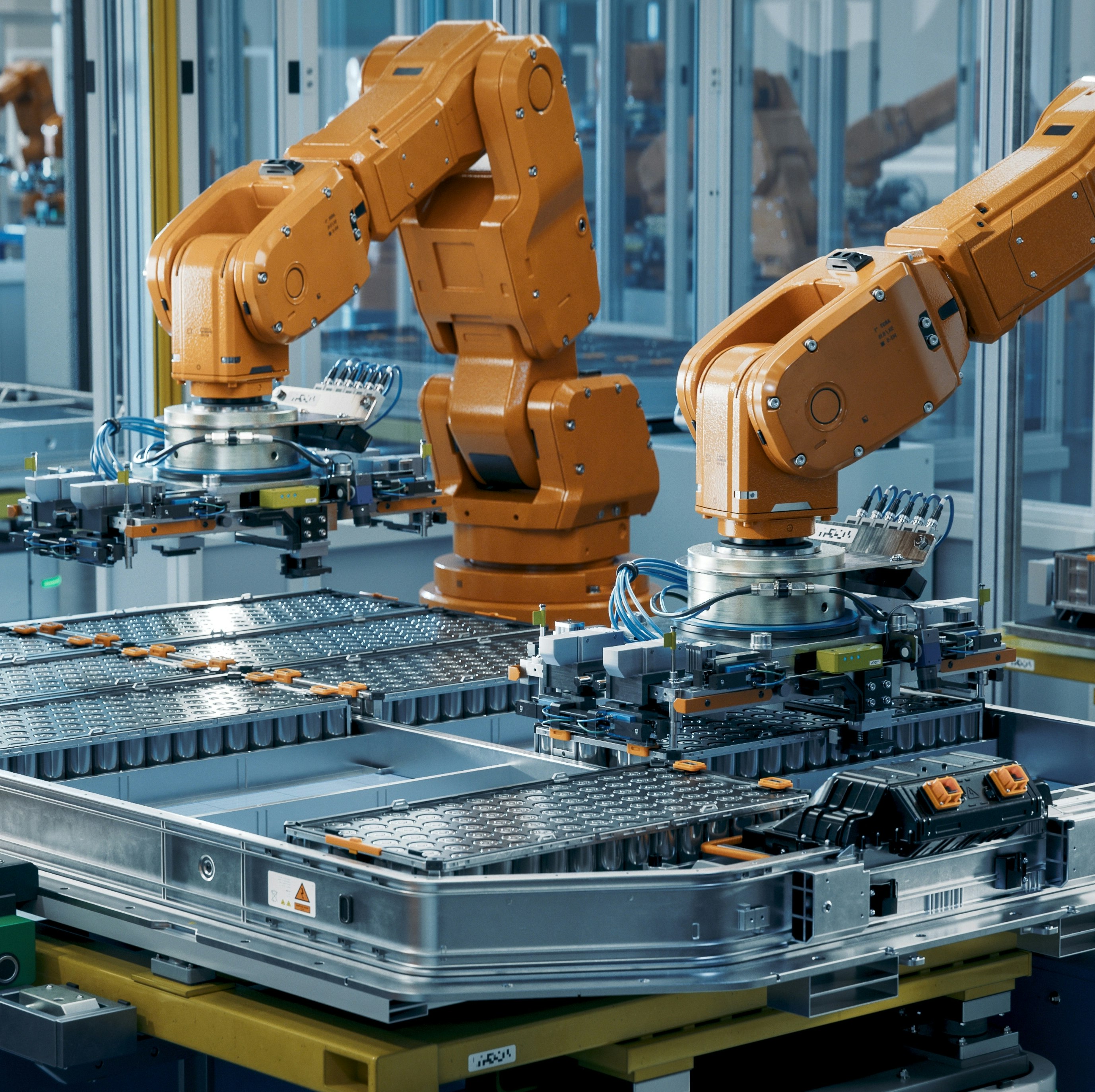Executive summary – Advancing Clean Technology Manufacturing – Analysis – IEA
Executive summary – Advancing Clean Technology Manufacturing – Analysis - IEA IEA


New Data and Analysis on Manufacturing Costs

Recent data and analysis have provided valuable insights into manufacturing costs, with a focus on the Sustainable Development Goals (SDGs). Plant-level assessments of over 750 facilities have shed light on key drivers of costs and regional differences. This report emphasizes the importance of the SDGs and highlights China as the lowest-cost producer for all technologies examined, even before considering explicit supportive policy measures. However, there are opportunities to reduce cost gaps.
Regional Cost Differences
The primary upfront cost contributing to overall production costs is the capital expenditure required to establish a clean energy manufacturing plant, along with associated financing costs. In comparison to China, solar PV, wind, and battery manufacturing facilities in the United States and Europe are typically 70% to 130% more expensive per unit of output capacity. These figures do not account for the disparity in the cost of capital between regions. India’s capital costs are approximately 20% to 30% higher than China’s but significantly lower than those of the United States and Europe.
Impact of Upfront Costs on Manufacturing
Despite upfront costs being a significant factor, they only contribute modestly to the overall levelised cost of manufacturing. Annualized capital expenditure represents just 15% to 25% of the total cost of producing solar PV modules, assuming a cost of capital of 8%. Similar proportions are observed for batteries (10-20%), wind turbines, and heat pumps (2-10%), with slightly higher figures for alkaline electrolyser stacks (15-30%). On the other hand, operational costs, including energy, materials, components, and labor costs, play a more substantial role in aggregate. Using global average commodity prices, regional labor costs, and end-user prices for energy inputs, ongoing operational costs account for 70% to 98% of total manufacturing costs. Therefore, reducing the costs of energy, materials, and components is crucial for narrowing cost gaps.
SDGs, Targets and Indicators
| SDGs | Targets | Indicators |
|---|---|---|
| SDG 7: Affordable and Clean Energy | 7.2: Increase substantially the share of renewable energy in the global energy mix | Not mentioned in the article |
| SDG 9: Industry, Innovation, and Infrastructure | 9.2: Promote inclusive and sustainable industrialization and foster innovation | Not mentioned in the article |
| SDG 12: Responsible Consumption and Production | 12.2: Achieve sustainable management and efficient use of natural resources | Not mentioned in the article |
| SDG 13: Climate Action | 13.3: Improve education, awareness-raising, and human and institutional capacity on climate change mitigation, adaptation, impact reduction, and early warning | Not mentioned in the article |
| SDG 17: Partnerships for the Goals | 17.9: Enhance international support for implementing effective and targeted capacity-building in developing countries to support national plans to implement all the Sustainable Development Goals | Not mentioned in the article |
1. Which SDGs are addressed or connected to the issues highlighted in the article?
- SDG 7: Affordable and Clean Energy
- SDG 9: Industry, Innovation, and Infrastructure
- SDG 12: Responsible Consumption and Production
- SDG 13: Climate Action
- SDG 17: Partnerships for the Goals
The article discusses the manufacturing costs of clean energy technologies, such as solar PV, wind, and batteries. These technologies are directly related to SDG 7, which aims to ensure access to affordable, reliable, sustainable, and modern energy for all. The article also mentions the differences in manufacturing costs between regions, highlighting the importance of industry, innovation, and infrastructure (SDG 9) in reducing cost gaps. Additionally, the focus on reducing costs of energy, materials, and components aligns with SDG 12’s goal of achieving sustainable management and efficient use of natural resources. The article indirectly touches on the need for climate action (SDG 13) to mitigate the impacts of climate change through the adoption of clean energy technologies. Lastly, the mention of opportunities for reducing cost gaps implies the importance of partnerships (SDG 17) to support capacity-building and knowledge sharing among countries.
2. What specific targets under those SDGs can be identified based on the article’s content?
- SDG 7.2: Increase substantially the share of renewable energy in the global energy mix
- SDG 9.2: Promote inclusive and sustainable industrialization and foster innovation
- SDG 12.2: Achieve sustainable management and efficient use of natural resources
- SDG 13.3: Improve education, awareness-raising, and human and institutional capacity on climate change mitigation, adaptation, impact reduction, and early warning
- SDG 17.9: Enhance international support for implementing effective and targeted capacity-building in developing countries to support national plans to implement all the Sustainable Development Goals
Based on the article’s content, the following targets can be identified:
– SDG 7.2: Increase substantially the share of renewable energy in the global energy mix by promoting the manufacturing and adoption of clean energy technologies.
– SDG 9.2: Promote inclusive and sustainable industrialization and foster innovation to reduce manufacturing costs and bridge cost gaps between regions.
– SDG 12.2: Achieve sustainable management and efficient use of natural resources by reducing the costs of energy, materials, and components in clean energy manufacturing.
– SDG 13.3: Improve education, awareness-raising, and human and institutional capacity on climate change mitigation, adaptation, impact reduction, and early warning to support the transition to clean energy technologies.
– SDG 17.9: Enhance international support for implementing effective and targeted capacity-building in developing countries to support their national plans for clean energy manufacturing.
3. Are there any indicators mentioned or implied in the article that can be used to measure progress towards the identified targets?
No, the article does not mention or imply any specific indicators that can be used to measure progress towards the identified targets.
Copyright: Dive into this article, curated with care by SDG Investors Inc. Our advanced AI technology searches through vast amounts of data to spotlight how we are all moving forward with the Sustainable Development Goals. While we own the rights to this content, we invite you to share it to help spread knowledge and spark action on the SDGs.
Fuente: iea.org

Join us, as fellow seekers of change, on a transformative journey at https://sdgtalks.ai/welcome, where you can become a member and actively contribute to shaping a brighter future.







